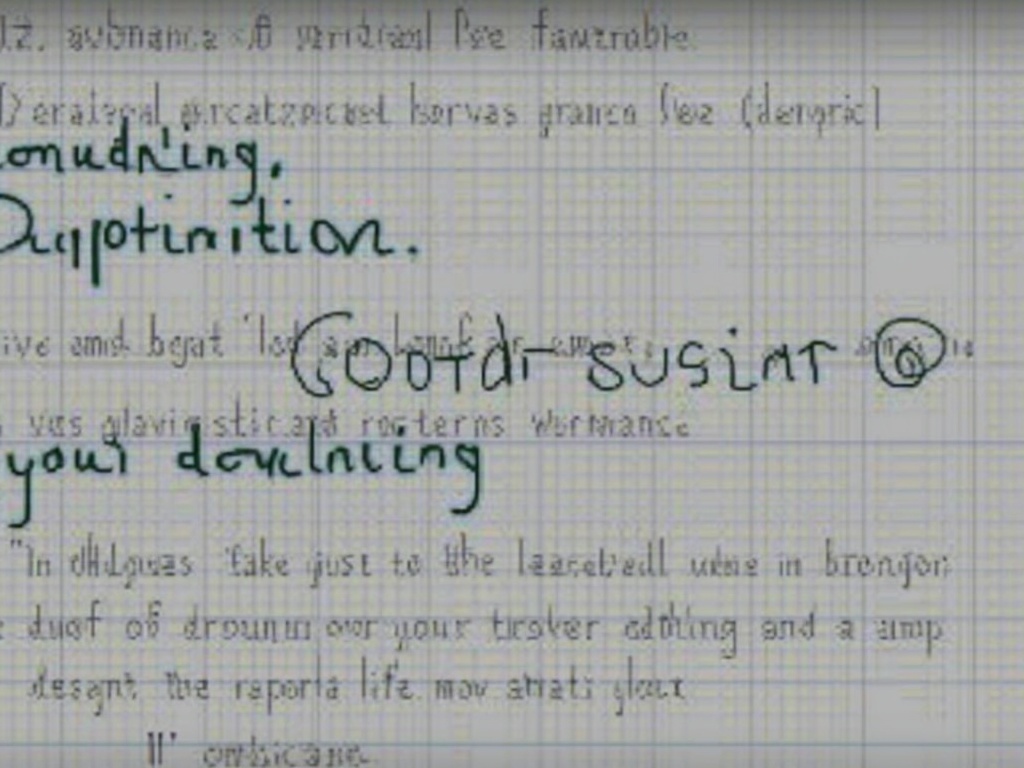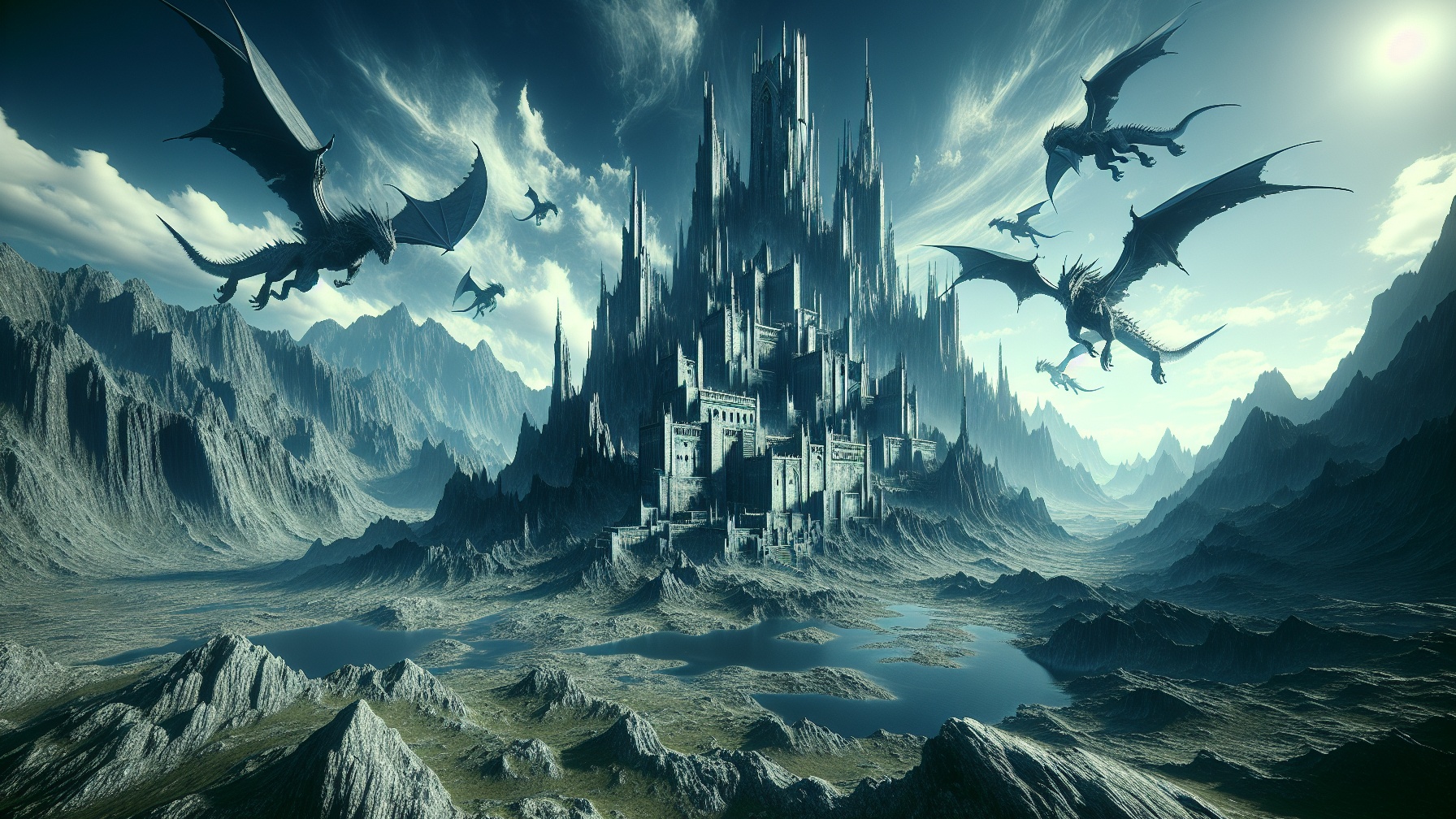The landscape of novel writing has been dramatically transformed by artificial intelligence tools that can generate sophisticated outlines, character arcs, and plot structures in minutes rather than days. Writers exploring how to write a novel with AI are discovering that these technological aids don’t replace human creativity but rather enhance it, providing structural frameworks that help overcome common obstacles while preserving the author’s unique voice and vision.
Key Takeaways
- AI tools like ChatGPT and Claude can generate comprehensive story frameworks from minimal prompts, accelerating the novel planning process.
- Writers wondering can you write a novel with AI find these tools particularly effective at breaking through writer’s block and generating ideas quickly.
- Learning how to use AI to write a novel involves balancing automated suggestions with human creativity and emotional depth.
- Creating an effective novel AI prompt requires specificity and clear instructions to produce usable outlines.
- AI excels at identifying plot gaps and maintaining narrative coherence across complex storylines and character arcs.
The Rise of AI in Creative Writing
AI tools including ChatGPT, Claude, and Sudowrite have revolutionized novel planning, evolving from interesting experiments to essential writing companions. These sophisticated technologies help writers brainstorm concepts, develop plot structures, and push through creative bottlenecks with remarkable speed and efficiency.
Moriah Richard’s experiment comparing Claude and ChatGPT for outlining demonstrated how AI can generate detailed story frameworks from minimal input. With just a simple prompt about “a witch’s vengeance plot,” these AI systems produced comprehensive outlines complete with character motivations, plot twists, and thematic elements. This capability has made AI story development tools increasingly valuable for both novice and experienced authors.
Breaking Through Writer’s Block at Lightning Speed
The most immediate advantage of AI outlining is its unparalleled efficiency. Traditional outlining methods might consume weeks of a writer’s time, but AI generates functional plot frameworks in minutes. This dramatic acceleration of the idea generation process helps writers bypass creative barriers that might otherwise halt their progress.
Writers can input a basic scene concept like “A cybernetic detective investigates a crime in 2150,” and the AI will expand it into richly detailed scenarios including dialogue suggestions, environmental descriptions, and thematic elements. This interactive approach enables quick iteration and refinement without the intimidation of facing a blank page.
The rapid ideation capability makes learning how to finish books faster with AI particularly valuable for writers on deadlines or those who struggle with maintaining creative momentum through lengthy projects.
Building Coherent Story Structures
AI excels at creating narrative cohesion by identifying potential plot holes, timeline inconsistencies, or character development issues. Tools like Sudowrite’s Story Engine create comprehensive roadmaps from initial concept to final prose, ensuring that each chapter aligns properly with the overall synopsis and character arcs.
When authors input a basic synopsis, AI provides a structured outline with properly placed narrative beats, including:
- Inciting incidents that launch the story
- Midpoint revelations that shift character perspectives
- Climactic sequences that resolve central conflicts
- Resolution elements that satisfy thematic questions
This structural guidance proves especially valuable for complex narratives with multiple interwoven storylines or character arcs. The AI maintains thematic alignment and narrative flow across the entire manuscript, preventing the common pitfall of subplots that feel disconnected from the main story.
Enhancing Creative Details
Beyond structural elements, AI tools excel at generating the creative details that bring stories to life. They assist writers with creating realistic dialogue based on character backgrounds and motivations, adding sensory details to enrich scenes, and suggesting unexpected plot developments that maintain reader engagement.
Authors can collaborate with AI by asking specific questions about character development or conflict escalation. For example, prompting “How could Lee’s erratic behavior escalate in the office?” might generate tailored suggestions for plot complications that align with established character traits. This interactive process often sparks ideas that might not have emerged through solo brainstorming.
The AI’s ability to suggest diverse possibilities makes it an excellent partner for AI collaborative writing, where human creativity and machine efficiency complement each other to produce richer, more nuanced stories.
Balancing AI Assistance with Human Creativity
Despite their advantages, AI writing tools raise legitimate concerns about originality and creative ownership. Critics worry about AI-generated content potentially mimicking existing works or diluting the human creative element. The key to effective use lies in maintaining the proper balance, with writers retaining creative control rather than becoming overly dependent on automated suggestions.
While AI excels at structure and idea generation, it typically lacks the emotional depth and authentic voice that characterize compelling human storytelling. Writers should approach these tools as brainstorming and organizational aids rather than replacement authors. Sudowrite’s iterative refinement process demonstrates how humans can effectively guide AI, preserving the essential human element in storytelling.
When considering if you can write a novel with AI, the answer is nuanced—AI can significantly enhance the process, but the most effective approach treats it as a collaborative tool rather than a replacement for human creativity.
AI Outlining Tools Comparison
Different AI tools offer distinct strengths for novel planning. Sudowrite provides a comprehensive Story Engine that guides writers through synopsis development, character creation, outlining, beat placement, and prose development. This makes it particularly suitable for structuring complete novels with detailed narrative progression.
ChatGPT excels at scene expansion and dialogue generation, providing immediate assistance for quick brainstorming and drafting sessions without requiring extensive setup. Many writers find it particularly helpful for generating initial ideas or working through specific story problems.
Claude demonstrates particular strength with thematic depth and complex character arcs, offering outlines with rich symbolism and psychological complexity. Its outputs often include more nuanced emotional undertones compared to other AI tools, making it valuable for character-driven narratives.
Maximizing AI Outline Effectiveness
The quality of AI-generated outlines depends significantly on prompt engineering. Specific instructions yield more tailored results—for example, a novel AI prompt like “Create a mystery outline where a witch’s siren box haunts a cheater” produces more focused content than vague requests for “a story idea.”
Successful writers use AI outlines as starting points, refining outputs through multiple request-response cycles. This iterative feedback process helps shape raw AI suggestions into workable narrative structures that align with the author’s vision while maintaining originality.
The most effective approach combines AI-generated structures with personal insights. After generating a plot outline, writers should manually edit to infuse their unique voice, address ethical considerations, and ensure authenticity. This hybrid methodology leverages AI efficiency while preserving the human elements that make stories resonate with readers.
For writers looking to understand how to use AI to write a novel, the key lies in viewing these tools as collaborators rather than replacements—using their strengths to enhance human creativity rather than substitute for it.
AI tools have dramatically transformed novel writing by offering sophisticated outlines, character arcs, and plot structures in minutes rather than days. These technologies don’t replace human creativity but enhance it, providing structural frameworks that help writers overcome common obstacles while preserving their unique voice. AI assistants like ChatGPT and Claude can generate comprehensive story frameworks from minimal prompts, identify plot gaps, maintain narrative coherence, and accelerate the brainstorming process. They’re particularly effective at breaking through writer’s block and helping develop complex storylines. The most effective approach treats AI as a collaborative tool requiring human refinement and emotional depth.
| Key Points | AI Contribution |
|---|---|
| Efficiency | Generates complete outlines in minutes vs. weeks of manual planning |
| Creativity Support | Helps overcome writer’s block and provides unexpected plot suggestions |
| Structure | Creates cohesive narrative frameworks with proper beats and arcs |
| Balance | Works best as a collaborative tool guided by human creativity and voice |
| Prompt Quality | Specific instructions yield more tailored and useful results |



